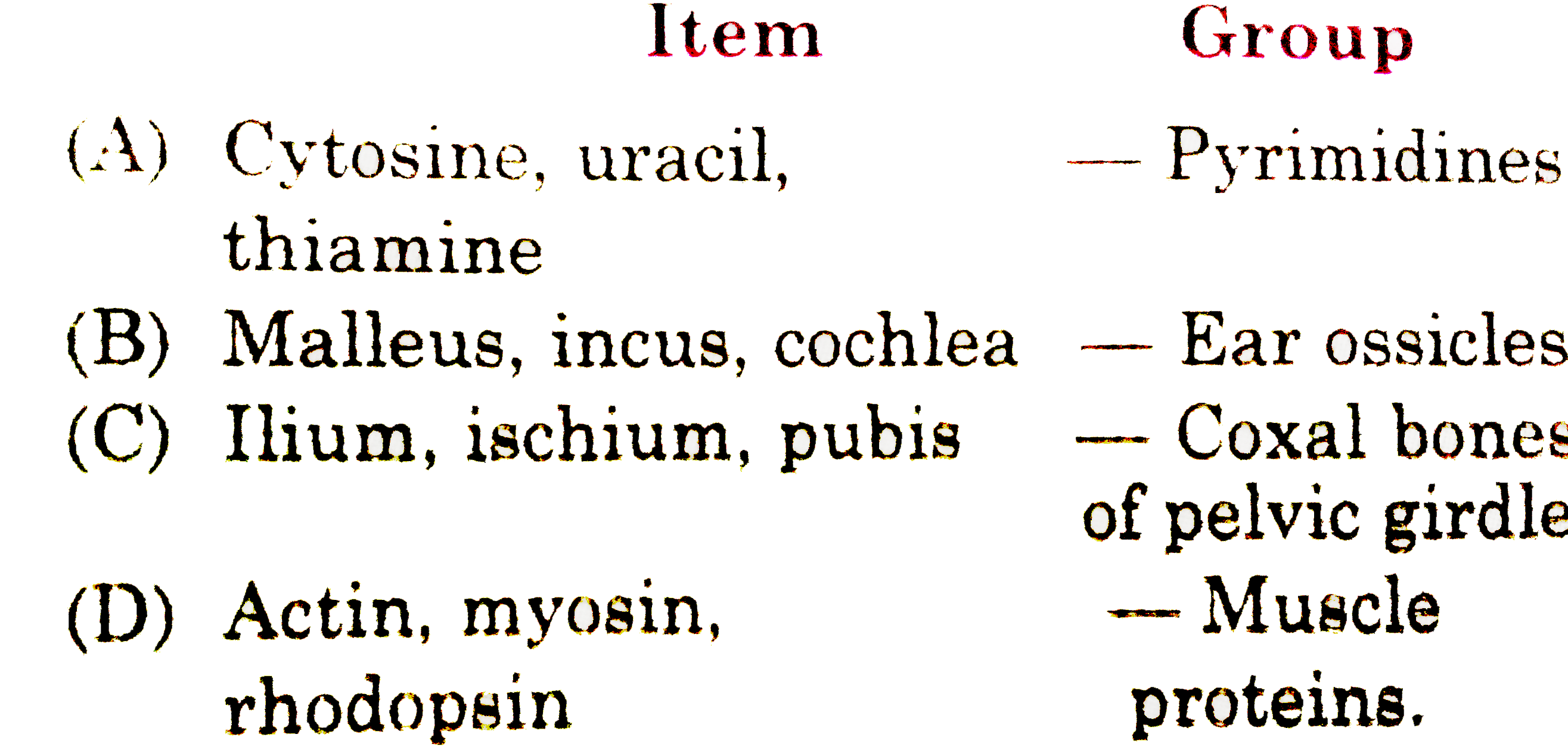Which one is correct
Cleavage follows gastrulation
Yolk content of egg has no role in cleavage
Cleavage is repeated mitotic division of zygote
Gastrulation and blastulation follow each other.
The correct Answer is:B
To solve the question "Which one is correct?" regarding the processes of cleavage and gastrulation in human reproduction, we will analyze each of the provided options step by step.
1. Understanding Cleavage:
- Cleavage is defined as the series of rapid mitotic divisions that occur after fertilization, resulting in the formation of a multicellular structure called the blastula.
- This process does not involve growth in size but rather increases the number of cells.
Hint: Remember that cleavage is all about cell division without growth.
2. Analyzing the Options:
- Option 1: "Cleavage follows gastrulation."
- This statement is incorrect. Cleavage occurs before gastrulation. After cleavage, the next stage is blastulation, followed by gastrulation.
Hint: Sequence matters; know the order of developmental stages.
- Option 2: "Whole content of egg has no role in cleavage."
- This statement is also incorrect. The content of the egg, including the yolk, plays a significant role in determining the cleavage pattern and rate. According to Balfour's law, the rate of cleavage is inversely proportional to the amount of yolk present in the egg.
Hint: Consider how yolk affects cell division rates.
- Option 3: "Cleavage is repeated mitotic division of zygote."
- This statement is correct. Cleavage is indeed characterized by repeated mitotic divisions of the zygote, leading to the formation of smaller cells called blastomeres.
Hint: Focus on the definition of cleavage.
- Option 4: "Gastrulation and blastulation follow each other."
- This statement is incorrect. Gastrulation occurs after blastulation. Blastulation is the stage where the blastula is formed, and then gastrulation follows, where the three germ layers are formed.
Hint: Remember the developmental sequence: cleavage → blastulation → gastrulation.
3. Conclusion:
- After analyzing all the options, we find that the only correct statement is Option 3: "Cleavage is repeated mitotic division of zygote."
Final Answer:
The correct option is Option 3: Cleavage is repeated mitotic division of zygote.
- Cleavage is defined as the series of rapid mitotic divisions that occur after fertilization, resulting in the formation of a multicellular structure called the blastula.
- This process does not involve growth in size but rather increases the number of cells.
- Option 1: "Cleavage follows gastrulation."
- This statement is incorrect. Cleavage occurs before gastrulation. After cleavage, the next stage is blastulation, followed by gastrulation.
Hint: Sequence matters; know the order of developmental stages.
- This statement is also incorrect. The content of the egg, including the yolk, plays a significant role in determining the cleavage pattern and rate. According to Balfour's law, the rate of cleavage is inversely proportional to the amount of yolk present in the egg.
Hint: Consider how yolk affects cell division rates.
- This statement is correct. Cleavage is indeed characterized by repeated mitotic divisions of the zygote, leading to the formation of smaller cells called blastomeres.
Hint: Focus on the definition of cleavage.
- This statement is incorrect. Gastrulation occurs after blastulation. Blastulation is the stage where the blastula is formed, and then gastrulation follows, where the three germ layers are formed.
Hint: Remember the developmental sequence: cleavage → blastulation → gastrulation.
- After analyzing all the options, we find that the only correct statement is Option 3: "Cleavage is repeated mitotic division of zygote."
The correct option is Option 3: Cleavage is repeated mitotic division of zygote.
Topper's Solved these Questions
Similar Questions
Knowledge Check
- Question 1 - Select One
Which one is the correct order of acidity?
ACH2=CH2>CH3−CH=CH2>CH3−C≡CH>CH≡CHBCH≡CH>CH3−C=CH>CH2=CH2>CH3−CH3CCH≡CH>CH2>CH2>CH3−C≡CH>CH3−CH3DCH3−CH3>CH2=CH2>CH3−C≡CH>CH≡CH
Which one is a correct match
View SolutionWhich one is a correct match ?
View SolutionOf the following which one is a correct statement
View SolutionWhich one is a correct match of three items and their grouping category ?
 View Solution
View SolutionWhich one is a correct match of three items and their grouping category ?
 View Solution
View SolutionWhich one is the correct match ?
View SolutionWhich one is/are correct statement:-
View Solution

